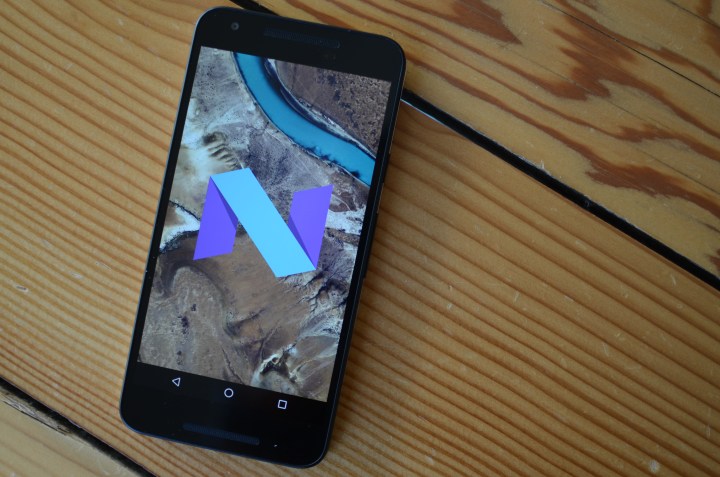
On stock Android, the standard navigation buttons are the back button (sideways triangle), the home button (circle), and the recents button (square), in that order. Hidden code in Google’s newly released Android 7.0 Nougat suggests the System UI Tuner may soon let users add more buttons such as a clipboard or a keyboard switcher, according to Android Police,
Right now, the System UI Tuner only allows for customizing the status bar, Do Not Disturb mode, and other minor features. It’s where Night mode used to reside before Google pulled the plug.
The new feature, which is likely still being tested, lets you remove all the standard buttons on the navigation bar, and add new ones via the Add button option. You can add more buttons to fill up the navigation bar, such as a keyboard switcher, a spacer, a clipboard, and a button that you can assign certain keyboard functions.
Three icons sit next to each button you add. The arrows let you resize the button; the cross removes it; and the two lines let you move it around the bar.
It’s unclear as to when this feature will be unveiled. Google says it will work on regular maintenance updates, and the first could be Android 7.1 which brings proprietary Nexus features such as the Nexus Launcher, Google Assistant, and quite possibly this new navigation bar customization. It could also be something Google scraps, so don’t get your hopes up just yet.
Editors' Recommendations
- How to reset default apps on an Android phone or tablet
- Google can create the perfect Pixel phone — if it changes one thing
- Google I/O 2023 is happening on May 10 with an in-person event
- What is Android System WebView? Can I disable it?
- Google adds more iMessage features to Android’s Messages app


